25 Sep Explore the South Coast of Mauritius
This wild, windswept southern coastline, with its historic land mark, nature reserve and forest, is a perfect trip and a refreshing introduction to the island’s wild region. It offers a memorable contrast of untouched wilderness to the world famous silky white beaches. It does however offer some pristine white beaches and is home to some unique wildlife such as the Pink pigeon and the Kestrel. The road crosses a few fishing villages and is fast becoming one of the must-see and must do touring routes.
Le Morne. This is by far one of the best spots in Mauritius, no wonder the number of luxury hotels exploding on the coast. We stayed there for a while, enjoying a swim and a walk along the beach, looking at the straw-tails surfing the ascending wind along the vertical drop of Le Morne.
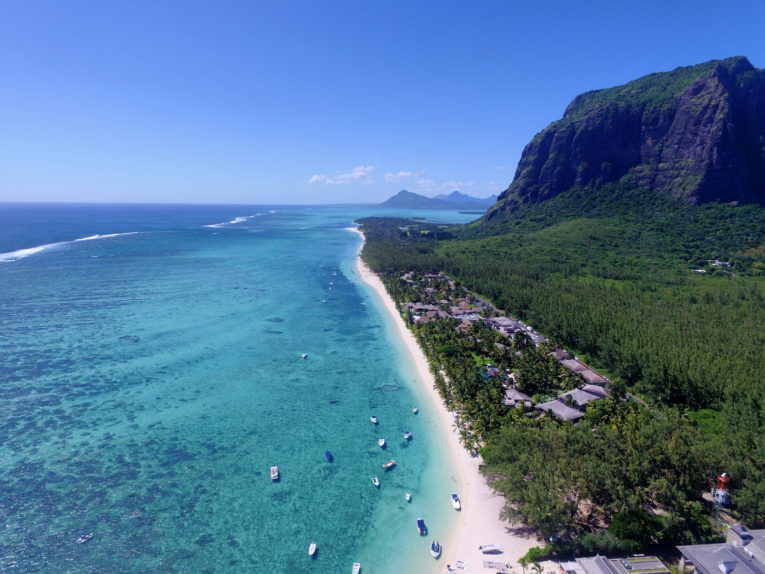
Le Morne Village. After a quick climb over the slope of the mountain, through the winding road, just under the mountain, is the small and quiet village of Le Morne. Very laid-back typical fisherman village, with its fish mongers by the side of the road and fishermen repairing their pirogues. In front of the village is a small islet called Ilot Fourneau. Dome shaped island, it is mostly unfrequented, apart from the seabirds and local kids during school holidays.
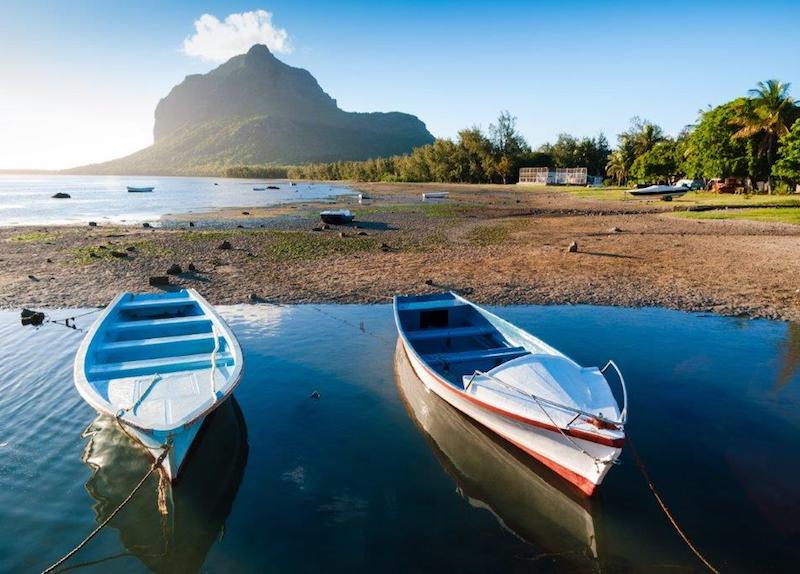
La Prairie. A flat piece of beach soon come up, and as the name suggest “La Prairie” is a vast flat land along the coast covered with grass. Seems ideal for a picnic. On the left side of the road is a wild vegetation and the right a beautiful beach. Stop for a minute and appreciate the beauty of the place.
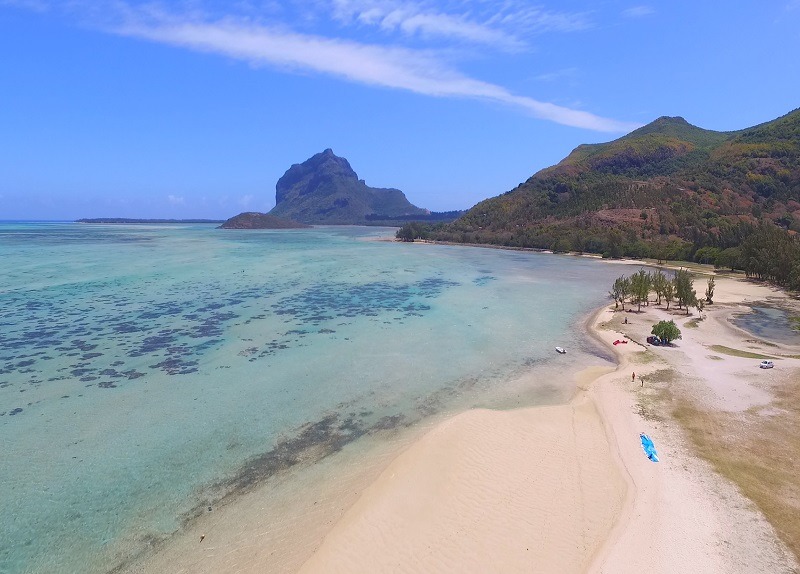
Maconde. Pass La Prairie is the spectacular view point of Maconde. Pass the river crossing of Riviere du Cap, along the cliffs, the view point is unmissable. A rock formation from the volcanic foundation of Mauritius, gives a vintage point like no other. The road is new and plenty of parking spot were made. Climb on top of the Maconde rock and appreciate a unique vintage point over the region.On the left, Le Morne and the right the small village of Baie du Cap. Some 15 to 20 metres below, a blue clear water; unmatched beauty.
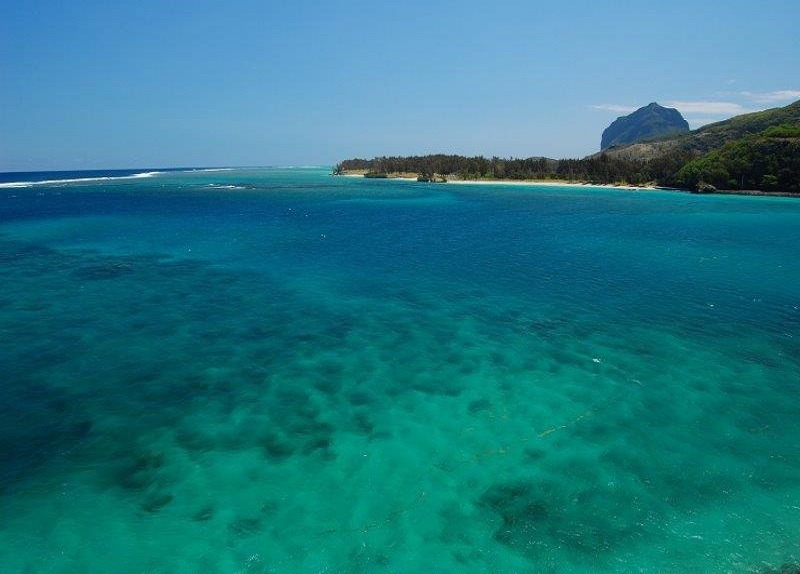
Baie du Cap is a very active village, Baie du Cap offers another insight into the lifestyle of the fishermen. Most were back by the time we arrived, unloading their pirogue and we checked what they caught. Mauritius has an abundance of fish, there was no doubt about it. Sadly we were not prepared to take a fish back home without any way to keep it cold. The warm sub-tropical weather will be unforgiven on the fish, we decided to leave it for today.
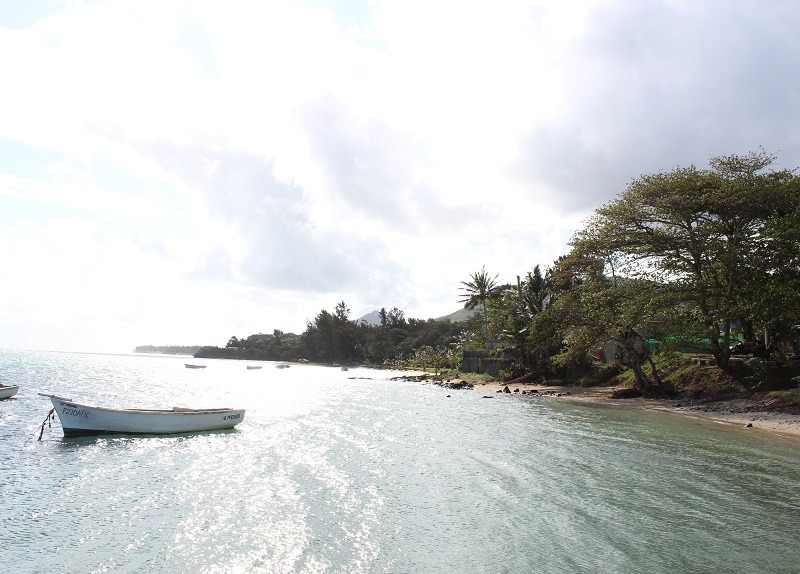
We drove through Bel Ombre, a beautiful nature reserve. We saw a sign about a castle and decided to stop. This was a great call. The Chateau de Bel Ombre is a colonial architectural masterpiece. Located in the nature reserve of Bel Ombre, it used to be the home of the rich sugar estate land lords. Dating back to the early 1800’s, now fully restored as a restaurant, you can visit this place and even plan a wedding. Further down the road, we visited the vestige of an old sugar mill, Place du Moulin. The old boilers and gears are still there and the walls gives you an idea of how the factory looked like.
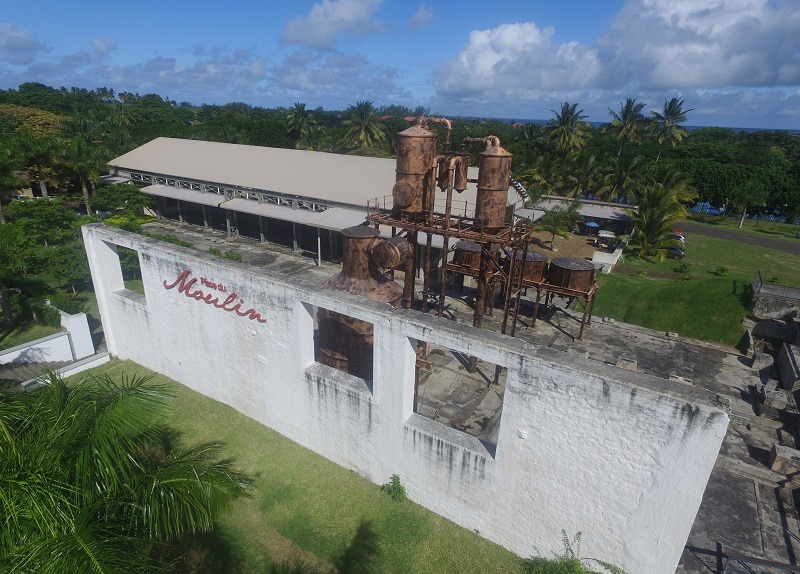
Ilot Sancho. Pass Baie du Cap is the surf beach of Ilot Sancho or Baie de Jacotet. A small bay with a small island, blessed with some good left breakers, best appreciated by surfers. According to local folklore that goes on, a pirate has hidden his treasure around the bay, so if you want to get rich, this is the place to start. The beach itself is a treasure, a beautiful bay, with the small rocky island you can reach during low tide.

Riviere des Galets. Immediately across Ilot Sancho a spectacular beach unfolds at the turn, Riviere des Galets. Behold, this is a unique beach in Mauritius which does not offer the usual silky white sand but rather some polished gravelled pebbles, all well stacked on top of each other. As weird and surprising, it is a stunning beach covered with polished pebbles. No one really know where pebbles come from and why it is solely unique to this place, but a very good assumption as of how it happens comes from the non-stop action of the waves and the river just nearby.
The beach is one of the rare one not to have a reef protecting it, which makes it very popular with surfers. The roaring southern waves comes crashing in, as much as most of the whole of the south coast to be honest. The elements often batter this exposed coast, fortunately there are protected places such as Riambel, our next stop, a beautiful beach with white silky sand. This place is stunning and best described by a photo. No words will explain the raw beauty in front of us.
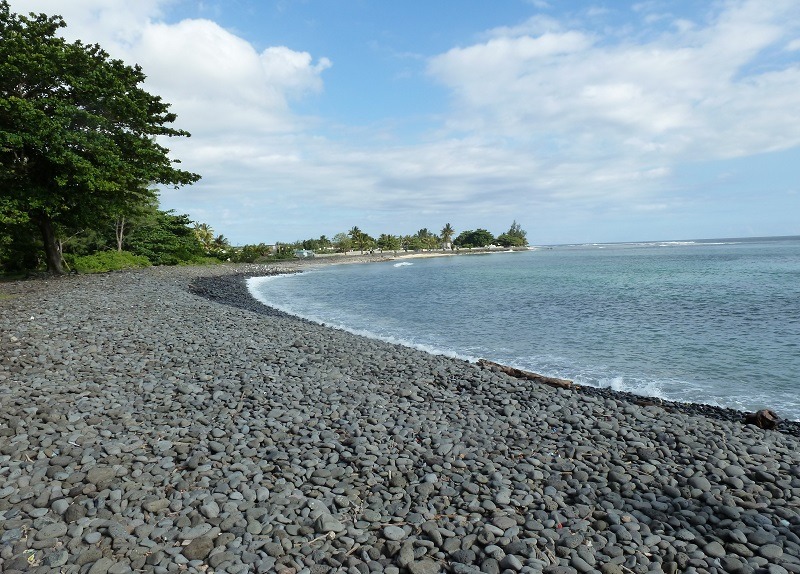
Rochester Fall. A quick detour before Souillac, turning left towards Surinam, hidden in the sugar cane fields is the well-known and photographed Rochester Fall. the locals will show you where to turn if you get lost. Driving through a bumpy and unseal road and we finally arrive. The waterfall is not very high but the vertical rock formation makes it spectacular. A few people were jumping from the top and some were leaping from the trees which makes it even more unreal. I was not so keen but after seeing them jumping, I decided to make the leap. It happened so fast…so fast that I didn’t have time to see anything happening. The rush of adrenaline, the excitement, I had to do it again..and again..and again…and I was told to stop If you decide to jump, make sure to ask where to jump and where to “land”.
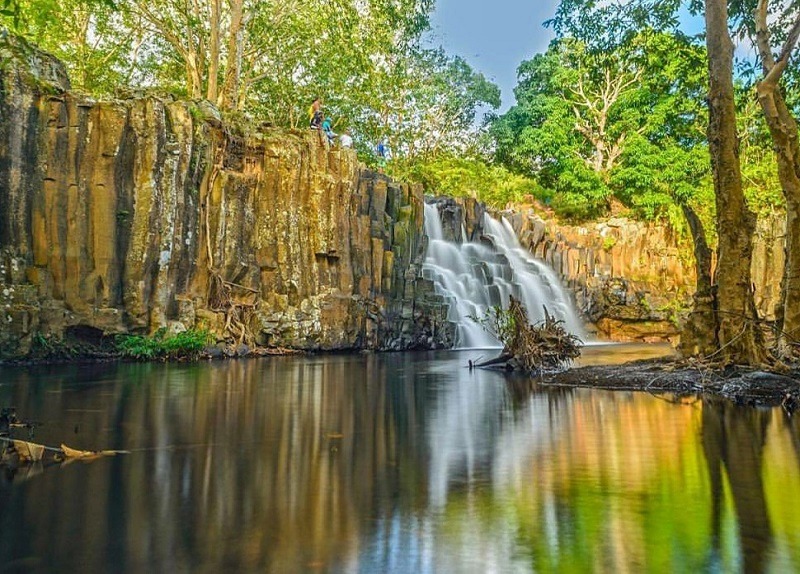
Souillac. Continuing the drive, we arrive at an interesting village, Souillac. Once an important port, it is now only used by fishermen. A quiet place by the beach in Souillac is the Telfair garden. The Telfair garden is a nice place near the seaside where the inhabitants often go for a picnic. The garden bears the name of Charles Telfair, a naturalist and land proprietor who developed the sugar estate of Bel Ombre. About two kilometers down the road is Gris Gris. Notorious place, known for its huge waves crashing on the cliffs. A small cove between two cliffs gives the illusion of a nice swimming beach, and the white of the sand only adds to the upcoming deception. Strong currents, huge waves and a sign with “Dangerous bath-NO SWIMMING” are enough to persuade anyone not to swim here. Along the coast between May and August, whale watchers can get up close and personal with big humpbacks as they migrate to warmer waters in the north.
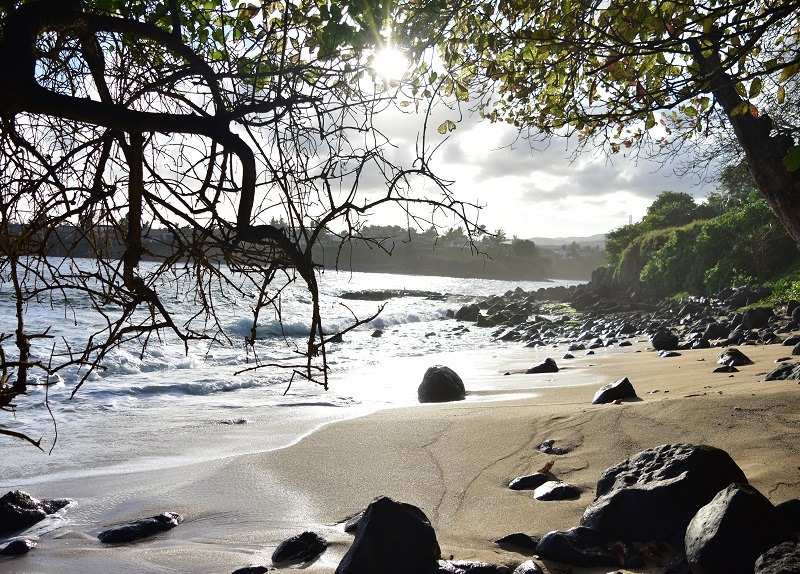
We followed a track along the coast that lead us to some more spectacular cliffs. This is Benares; Wild and savage as it get. What strike out is the amazing flora overhanging the cliffs. Huge waves crashing at the bottom, and still, some fishermen busy holding their line, waiting patiently for the catch of the day. A small family of monkeys came out from hiding, probably curious about the noise but they disappeared as fast as they appeared.
We were told to continue along the track to reach what the locals call “The leaping rock”. The waves are so big that they end up covering the overhanging cliffs, leaving a stream of flooded seawater, giving the impression the rock is actually leaping; what a show. Do not try to go there for a selfie, it might well be your last. Not far is the natural masterpiece called Natural Bridge. Fallen and collapse rocks, cut by the waves have left an overhanging rock standing, giving the impression of a bridge. Spectacular. After Souillac, the road goes through many villages. We went through Benares, Riviere des Anguilles, L’escalier, Mon Desert and Plaine Magnien. There are other alternatives routes, but we decided to drive through these villages to get a typical insight into the Mauritian culture. Most of them are agricultural villages and they are surrounded by vast sugarcane fields. The road is narrow in some places and we noticed a few interesting side roads with palm trees and coconuts, a remnant from the magnificent sugar estate colonial houses and mills.
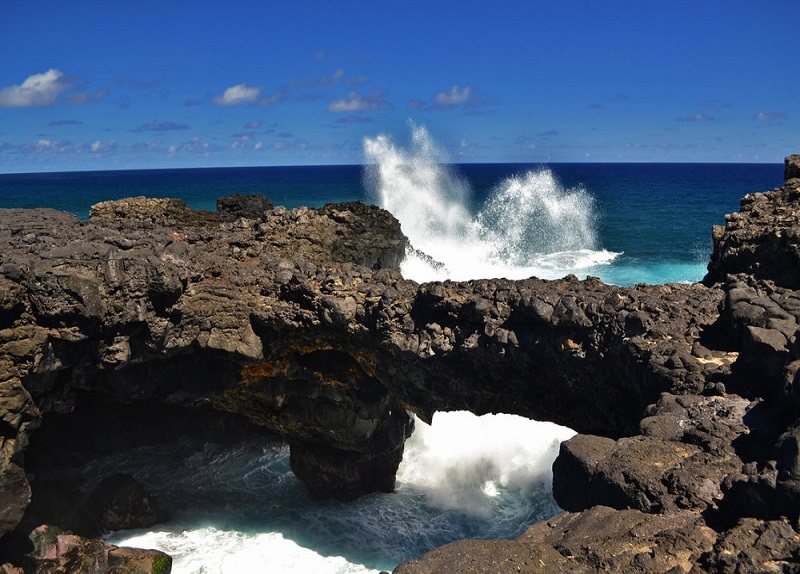
Natural bridge in Mauritius
An old bridge, also erected from Mauritius colonial past, used by trains are still visible and old chimneys from sugar mills are also visible along the road. A drive back in what Mauritius looks like a century ago. Following the direction of a local at Plaine Magnien, we discovered a beach called La Cambuse, hidden at the end of a rocky road in the sugarcane. This is literally behind the airport and was a nice surprise. How many of those beaches are still out there to discover we wonder.
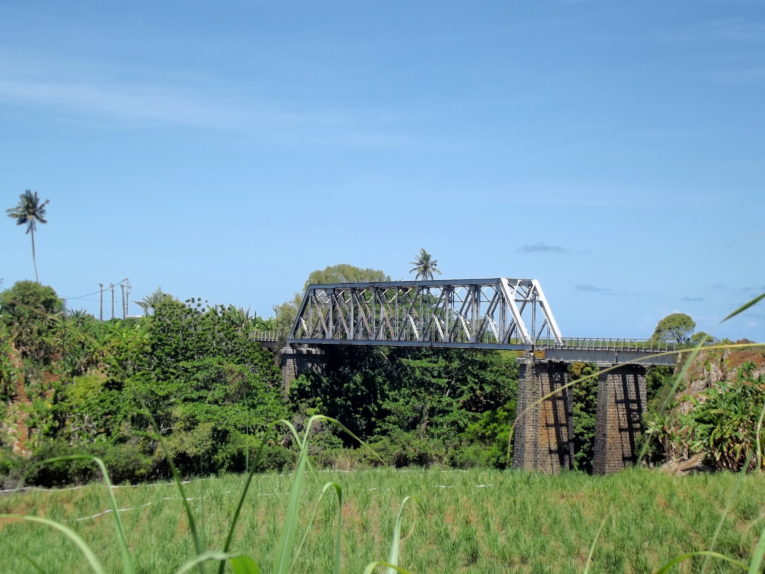
Blue Bay. We past the airport and turned towards Blue Bay on the blue bay link road. This road is amazing, the flamboyant are just stunning. red, yellow and purple. A pleasure to drive this place needed no introduction, we knew where we were heading. A marine national park, with an abundance of fish and sometimes sea turtles. The island of Ile des deux Cocos served as a barrier from the strong currents and waves and have kept this place a heaven for marine life, from colourful fishes to corals- this place is a paradise and a reward to the adventurous. There are glass bottom boats and snorkels for hire to explore this national marine reserve. You can take a speed boat to Ile au Phare (Phare means light house in French), about half an hour away, to visit an old light house and get a picture perfect of the southern coast outline. We decided to come back for this next time, when we will go for a half day excursion.
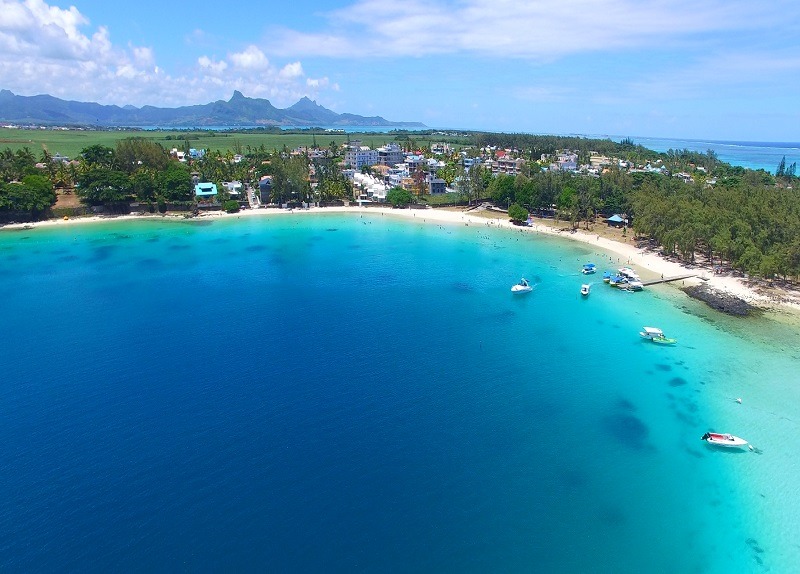
Pointe d’Esny. The neighboring village along the Coastal road is Pointe d’Esny. Located between Mahebourg and blue bay, this not-so-known beach has a well-kept secret-The bluest water ever. An alleyway along the main road will take you to the beach, apart that, there is nothing else to point to what lies behind the walls. A hidden gem which took us by surprise. From the beach we got a great view of Ile aux Aigrettes, worth a stop without a doubt.
Mahebourg is undoubtedly the heart of the south. Small streets crisscrossed each other, where both sides are occupied by street hawkers and street foods caravan. It is unbelievably busy and an imaginable amount of food, which will send your taste buds firing.You can drink a cold “alouda” alongside the locals at the old market or at the esplanade, a waterfront jetty which offers some quiet time away from the circus happening two streets down. A magnificent view on Mouchoire Rouge, a small island in the bay and behind the bold Lion Mountain, standing proud overlooking the bay.
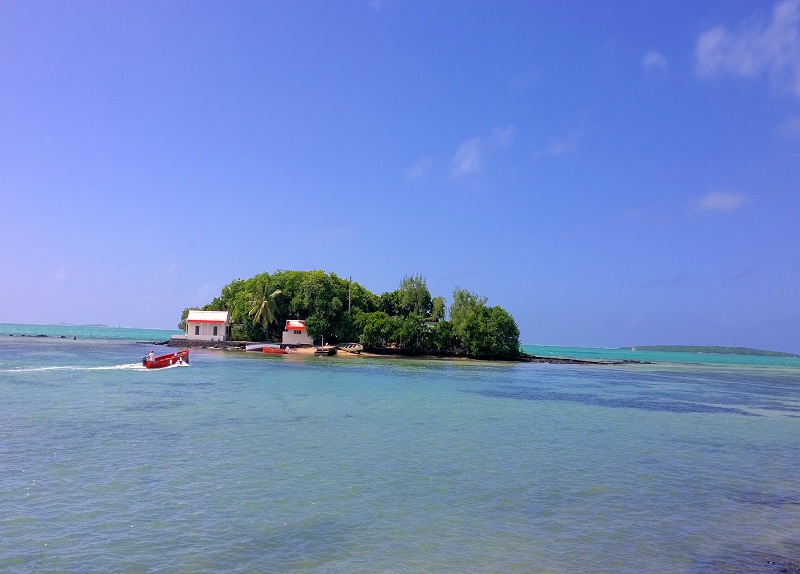
Interestingly, this bay has witnessed a few naval battles, most famously the only naval battle won by the French over the British in the eighteen hundred (1810). At the heart of Mahebourg, the Naval Museum of Vieux Grand Port, where both captains of the French and British naval crew were treated “equally” (in the same room apparently) after the battle of Grand Port.
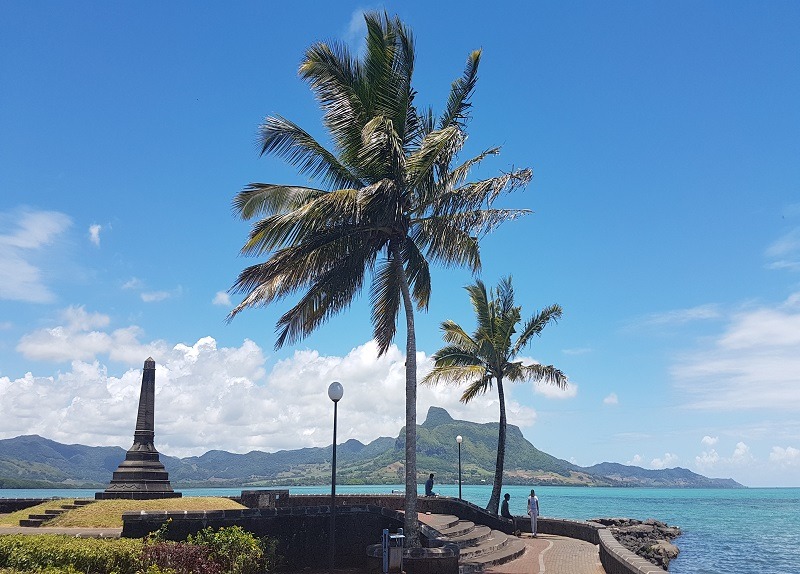
Mahebourg in Mauritius
You will find in this big village a certain magnetism and generosity you can’t find anywhere else. I decided to retreat back to the waterfront. Stuffed but happy about this trip, I picked up some well-deserved local delicacies before heading back home-So close, yet a world away.






No Comments